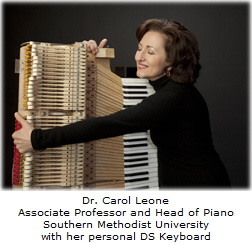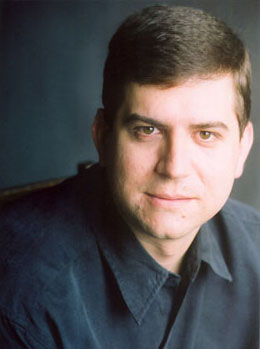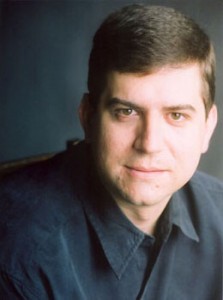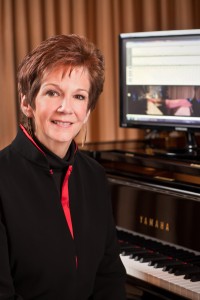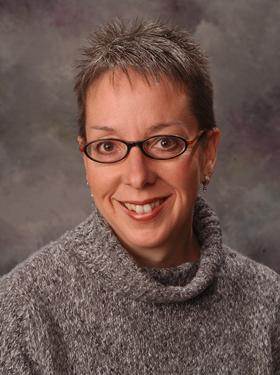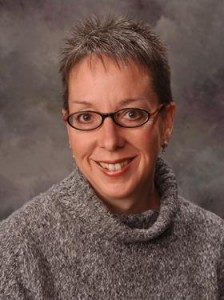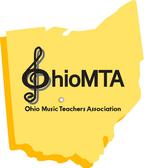 Last week, I attended the Ohio Music Teachers Association state conference, held November 12-14 in Columbus.
Last week, I attended the Ohio Music Teachers Association state conference, held November 12-14 in Columbus.
As always, my teaching batteries are recharged after enjoying three days of excellent sessions and wonderful conversation with colleagues. Our OhioMTA conference committee did a fantastic job organizing and running the conference this year.
I’ve created a summary of the conference below, in case you are interested in seeing what our state conference is like! During various sessions of the conference, I used the Periscope app to grab 5-10 minute highlights (those of you already on Periscope might have caught some of those!). Please enjoy watching those clips below.
Warning: Lengthy blog post ahead! 🙂
2015 OhioMTA Conference
THURSDAY November 12, 2015
1:00-1:50 Dr. Cecilia Yuhda and Dr. Ewelina Boczkowska. Chopin’s Mazurkas: A Cross-Disciplinary Collaboration. This session was a great way to kick-off the conference. The two presenters shared all about their collaboration as pianist and musicologist to study the Chopin Mazurkas.
2:00-2:50 Dr. Ya-Liang Chang. You Are Not Alone: Duet Repertoire that Ignites Studio Teaching and Enhances Collaborative Learning. We gained many duet repertoire ideas from this session.
3:30-4:20 Dr. Christopher Durrenberger. Get into the Action: Piano Technology for Pianists and Pedagogues. This session was both entertaining and informative! We learned about five different aspects of the piano action that any pianist can understand and identify issues regarding.


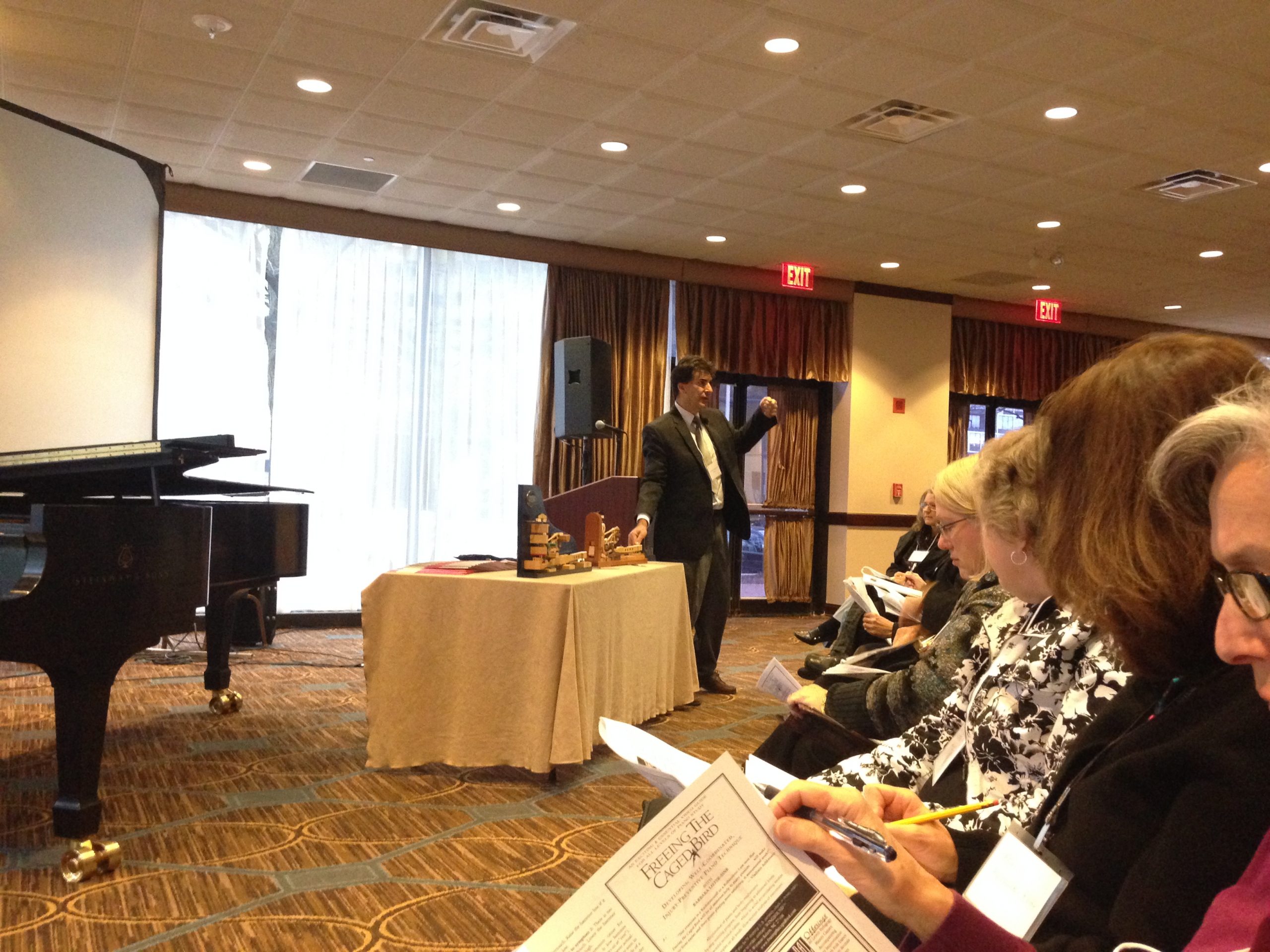


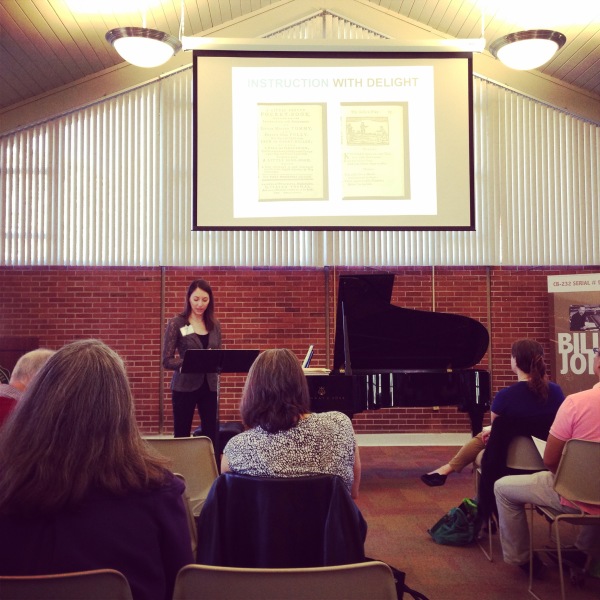

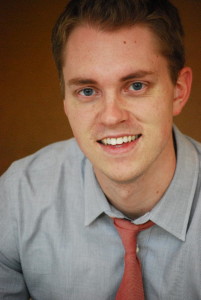 Technology on a Budget, by Andy Villemez and Dr. Michelle Conda
Technology on a Budget, by Andy Villemez and Dr. Michelle Conda
 Practical Tips to Solve Common Issues in Teaching Advanced Transfer Students, by Siok Lian Tan
Practical Tips to Solve Common Issues in Teaching Advanced Transfer Students, by Siok Lian Tan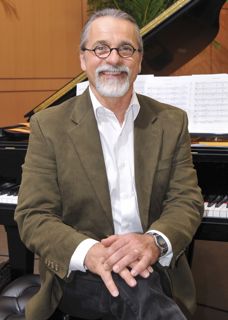
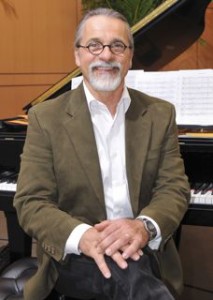 Improvising Is For Everyone, by Bradley Sowash
Improvising Is For Everyone, by Bradley Sowash
